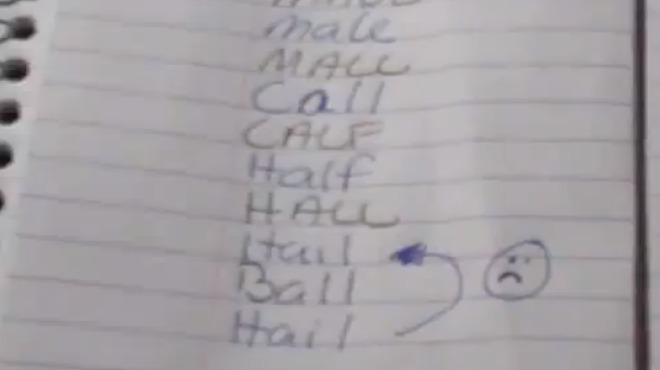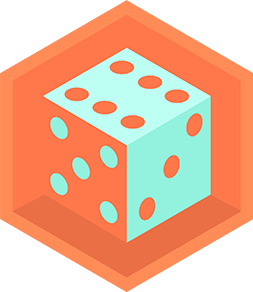Invent a word game
Design and create your own word game by inventing rules, making cards or boards, testing with friends, and improving gameplay through playtesting.



Step-by-step guide to design and create your own word game
Boost Your Children's Reading Skills with Fun Word Games
Step 1
Choose a theme and a clear goal for your word game.
Step 2
Write 3 to 6 simple rules that explain how to play and how a player wins.
Step 3
Decide how many players can play and how long one game should take.
Step 4
Write one word on each index card until you have about 30 word cards.
Step 5
Create six special action cards that add twists like skip a turn swap a letter or bonus points.
Step 6
Draw a simple game board with a start space a finish space and a path of spaces to move along.
Step 7
Make player pieces by choosing or decorating small objects to use as tokens.
Step 8
Put your cards board and rule sheet together so everything is ready for play.
Step 9
Play one short practice round with a friend or family member using only your rules.
Step 10
Ask the players what was confusing or boring and write down two improvements.
Step 11
Change the rules cards or board to fix the two problems you wrote down.
Step 12
Play a full game with friends to test the improved version and watch for balance.
Step 13
Neaten and decorate your cards board and rule sheet so they look finished and easy to read.
Step 14
Share your finished game on DIY.org
Final steps
You're almost there! Complete all the steps, bring your creation to life, post it, and conquer the challenge!


Help!?
What can I use instead of index cards if I can't find them?
If you don't have index cards, cut 30 equal rectangles from cereal box cardboard or printer paper and label them as your 'word cards' in step 4 so they work with the cards, board, and rule sheet.
What should I do if players are confused or the game feels unbalanced during the practice round?
If the practice round in step 9 reveals confusion or imbalance, simplify or rewrite the 3–6 rules in step 2, shorten the board path you drew in step 5, or adjust the six special action cards in step 6 and then test again.
How can I adapt the game for younger or older children?
For younger kids use 10–15 easy words on the word cards from step 4, larger decorated tokens from step 7, and a shorter game time in step 3, while older kids can handle the full 30 cards, timed turns, bonus points on action cards from step 6, and longer play sessions.
How can we improve or personalize the finished game before sharing it?
Enhance your game by creating themed expansion word cards and extra action cards (step 6), neatening and decorating the cards, board, and rule sheet in step 14, and adding a printed rule variant to test for balance in step 11 before posting on DIY.org in step 15.
Watch videos on how to design and create your own word game
Word Search Explorer Level 66 | Word Search Explorer Hobbies at home
Facts about game design for kids
✂️ Many designers prototype board or card games with simple supplies like index cards, sticky notes, and markers.
🔤 Classic Scrabble uses 100 tiles — there are 12 E tiles and 9 A tiles, showing how letter frequency shapes gameplay.
🧪 Playtesting helps designers find confusing rules and fun surprises before the game is finalized.
🧩 Scrabble has sold over 150 million sets worldwide — a classic example of a successful word game.
👥 Watching friends play often reveals unexpected strategies that make the game more interesting and balanced.
How do I design and create a word game with my child?
What materials do I need to create a homemade word game?
What ages is designing a word game suitable for?
What are the benefits of inventing a word game and safe variations to try?


One subscription, many ways to play and learn.
Only $6.99 after trial. No credit card required



